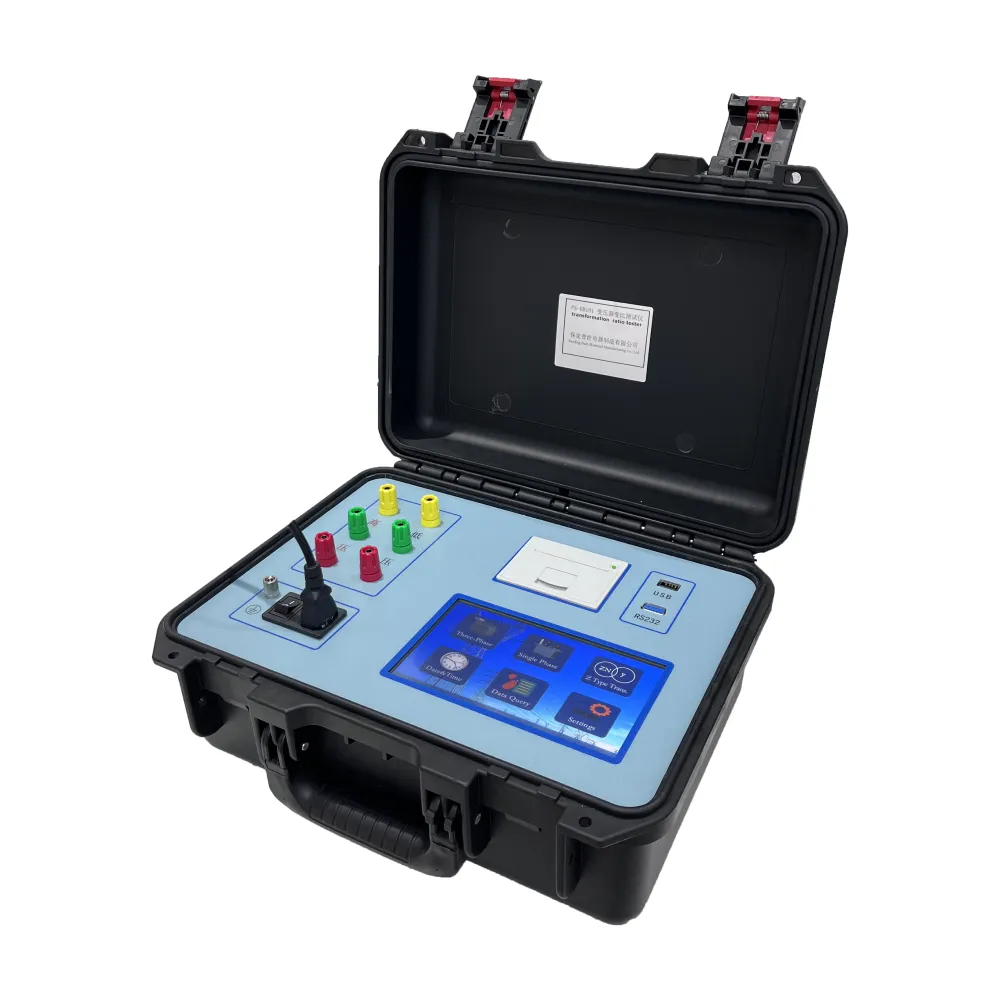 English
English


Guide to Using Digital Insulation Testers Effectively for Best Results
Understanding the Use of Digital Insulation Testers
In the realm of electrical maintenance and safety, digital insulation testers have emerged as vital tools for professionals and hobbyists alike. These devices are essential for measuring the insulation resistance of electrical systems, ensuring that they operate safely and efficiently. By understanding how to use a digital insulation tester effectively, one can help prevent electrical failures and enhance the longevity of equipment.
What is a Digital Insulation Tester?
A digital insulation tester, often referred to as a megohmmeter, is designed to measure the resistance of insulation in electrical systems. This device applies a known voltage to the insulation material and measures the resulting current to calculate the resistance. The primary objective is to ensure that insulation material offers sufficient resistance to prevent electrical leakage or failure, which can lead to short circuits or even fires.
Key Features of Digital Insulation Testers
Digital insulation testers come equipped with various features to enhance their functionality
1. Measurement Ranges These testers typically offer multiple voltage settings, allowing users to test insulation at different levels, usually ranging from 250V to 1000V. Testing at various voltages can help assess the condition of the insulation across different applications.
2. Digital Display Unlike their analog predecessors, digital testers provide clear, easy-to-read measurements. This feature minimizes the chances of misreading values, which is crucial in safety-critical settings.
3. Data Logging and Connectivity Many modern digital insulation testers include data logging capabilities and even connectivity options, enabling users to store their measurements and transfer data to computers or mobile devices for analysis.
4. Auto-Ranging and Safety Features The auto-ranging function automatically selects the appropriate measurement range, making the device user-friendly. Additionally, safety features such as over-voltage protection help protect the tester and user from electrical shock.
digital insulation tester use

How to Use a Digital Insulation Tester
Using a digital insulation tester involves a few systematic steps
1. Preparation Before testing, ensure the equipment to be tested is de-energized and disconnected from any power source. Safety goggles and insulated gloves should be worn to protect against accidental shock.
2. Connecting the Tester Place the tester’s leads across the insulation you want to test. Typically, one lead is connected to the conductor, while the other connects to the ground or to another electrically safe component.
3. Selecting Voltage Choose the appropriate test voltage according to the insulation material specifications and the standard practices for the equipment being tested. For example, testing motor windings often requires a higher voltage compared to control circuits.
4. Performing the Test Activate the tester to apply the voltage. Observe the digital readout, which will display the insulation resistance. A resistance value of one megohm or higher is generally considered acceptable, but specific requirements may vary based on equipment standards.
5. Interpreting the Results A low resistance reading could indicate insulation degradation, moisture intrusion, or potential failure points. It’s essential to compare the readings against manufacturer specifications or industry standards to assess the health of the insulation.
Conclusion
Digital insulation testers are indispensable tools for ensuring electrical safety and reliability. By regularly testing insulation resistance, professionals can identify potential issues before they escalate into serious problems. Familiarity with the operation and interpretation of results from these devices not only enhances equipment lifespan but also contributes to safer working environments across various electrical engineering sectors. With the right knowledge and practice, using a digital insulation tester becomes a straightforward task that can greatly benefit any electrical maintenance program.
-
Differences between open cup flash point tester and closed cup flash point testerNewsOct.31,2024
-
The Reliable Load Tap ChangerNewsOct.23,2024
-
The Essential Guide to Hipot TestersNewsOct.23,2024
-
The Digital Insulation TesterNewsOct.23,2024
-
The Best Earth Loop Impedance Tester for SaleNewsOct.23,2024
-
Tan Delta Tester--The Essential Tool for Electrical Insulation TestingNewsOct.23,2024





